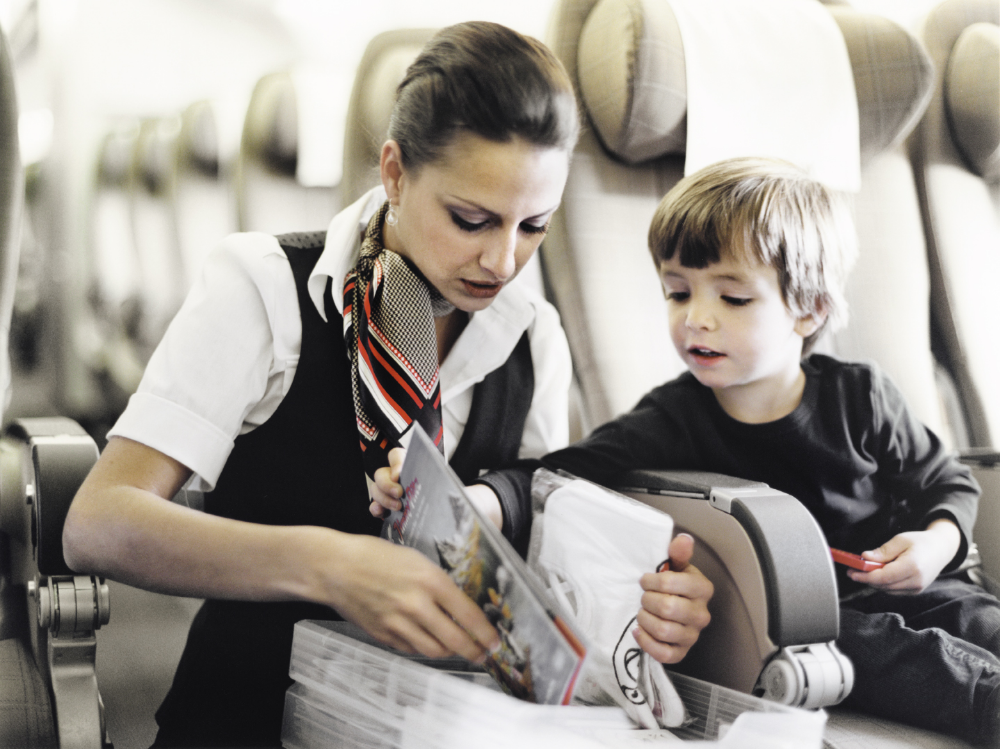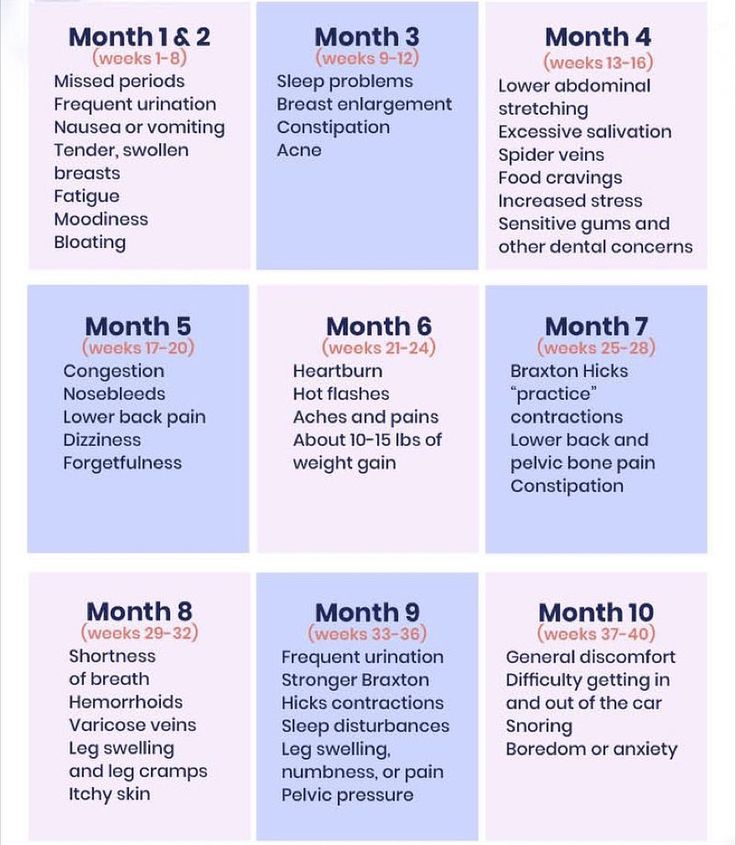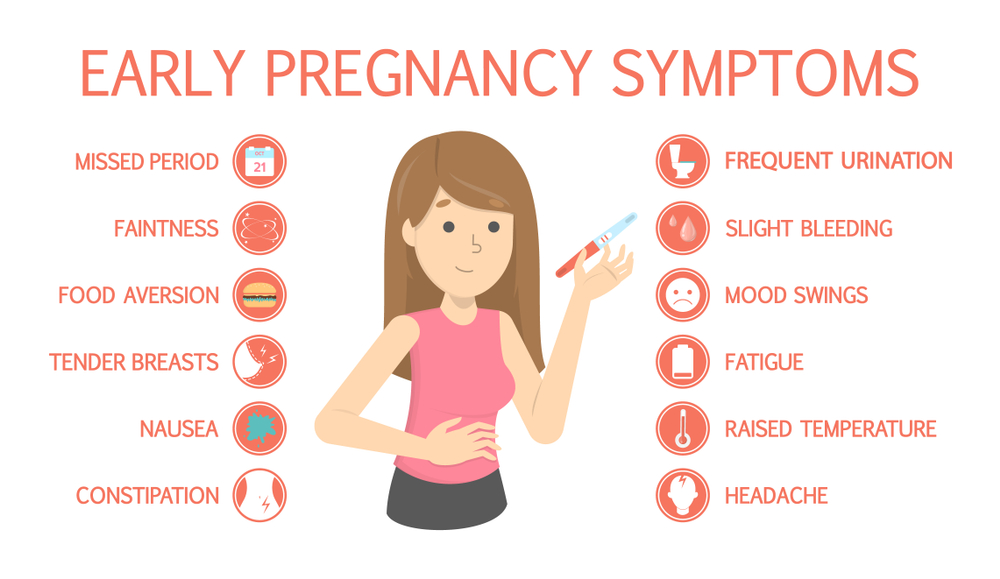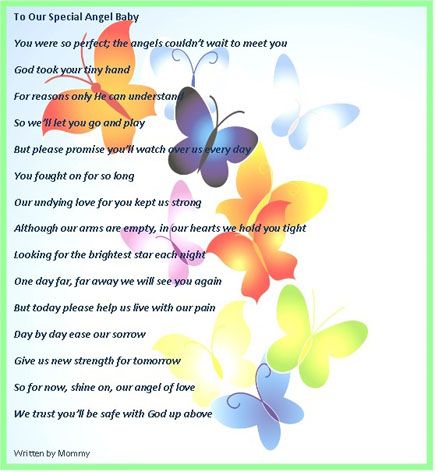When do premature babies start to see
At what age do babies start to see?
- Share in e-Mail
- Compartir en Whatsapp
Babies have a fairly limited visual acuity at birth. They can see but things are blurry and in black and white. It may take up to a year before their vision is equivalent to that of an adult.
Babies are born with their eyes almost fully developed, but they do not see clearly until their second year. This can take a little longer for premature babies.
Babies can see from birth; however, initially their vision is very limited because the retina is not completely developed. Sight is the least developed of the senses at birth:
- When babies are born, they only see blurry outlines. They can barely distinguish between light and dark, only perceiving changes in intensity, and will turn their heads away if the focus is too intense and irritating.
They cannot see things that are further than 25 cm away and only see in black, white and grey.
- At one month they start to stare for short periods within a limited radius, although still in a blurry black and white. They cannot control their eye muscles, which sometimes causes them to go cross-eyed.
- Between two and three months they start to identify some very bright primary colours but cannot distinguish between colours of a similar hue. The images are no longer blurry at a greater distance. They can stare and follow slow moving objects within a 180° range.
- At five months they can see at any distance, although distant objects remain somewhat blurry. They can distinguish between all highly contrasted primary colours and start to recognise familiar faces, usually their mother and father.
- From six months, a baby's sight is similar to that of an adult. They start to distinguish faces other than their parents', acquire depth perception, distinguish all the primary colours and some secondary colours and look for objects that have moved out of their field of vision, such as a toy they have dropped.
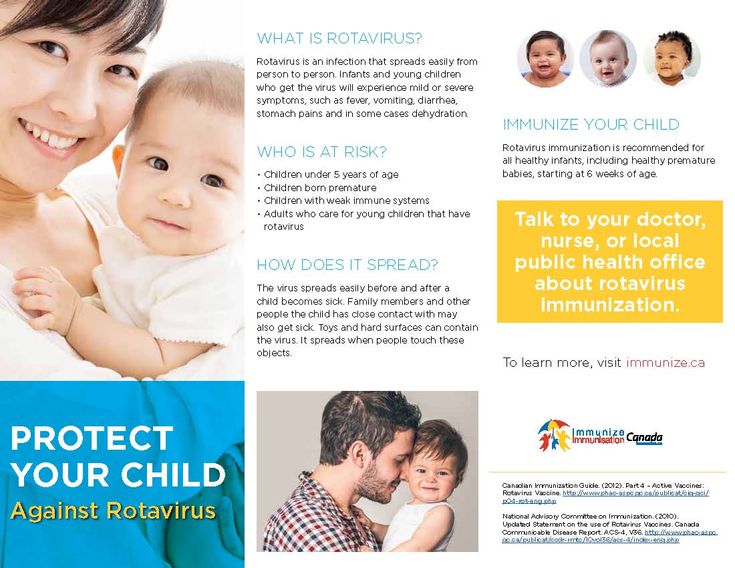
- Children's vision is fully developed at 12 months and they see like adults. They can distinguish objects of any size and any colour. They now only need to see part of an object to recognise it, they can focus at any distance and depth and differentiate between various hues of the same colour.
Stimulating babies' sight
Bright, shiny colours attract the attention of babies more than anything else. They learn from outside stimuli, so we can help them develop their sight.
It is important that they see natural as well as artificial light. It is also best to place their cot or playpen in places with a good range of vision rather than in corners.
They like shiny, bright-coloured objects best, which they can see move. Show them colourful toys so they can learn to follow the movement or stare.
Toys in strong, highly contrasted colours stimulate them most. These toys should be relatively large in the early months so the baby can see them better.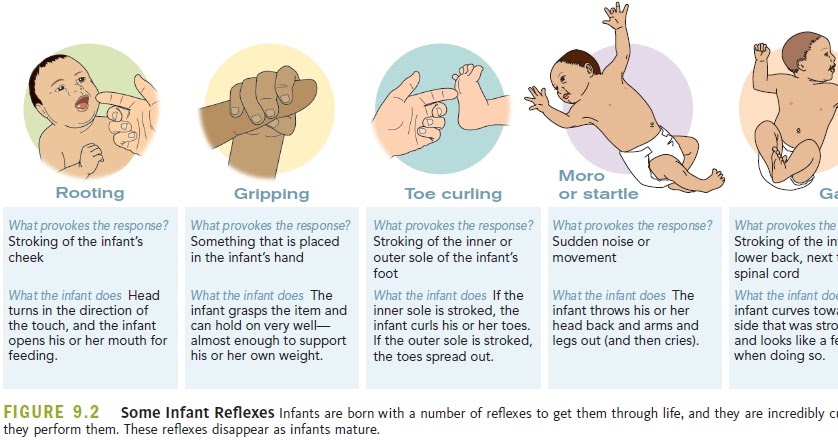
They also like looking at faces, so we should talk or sing to them while looking directly at them. Little by little they will start to recognise the people they see most regularly.
It is important to give them a break from moving objects or learning to stare, because they can become very tired.
Your Preemie's Growth & Developmental Milestones
Was your baby born more than 3 weeks early? Read on for information from the American Academy of Pediatrics about developmental milestones for your preterm baby.
Keep in mind that babies develop at their own speed and in their own way. However, parents of preemies will need to adjust their baby's age to get a true sense of where their baby should be in his development.
Your Child's Progress
You know your child better than anyone else. Even with an adjusted age, you will want to see him move forward in his development. For example, your child should progress from pulling himself up, to standing, and then to walking.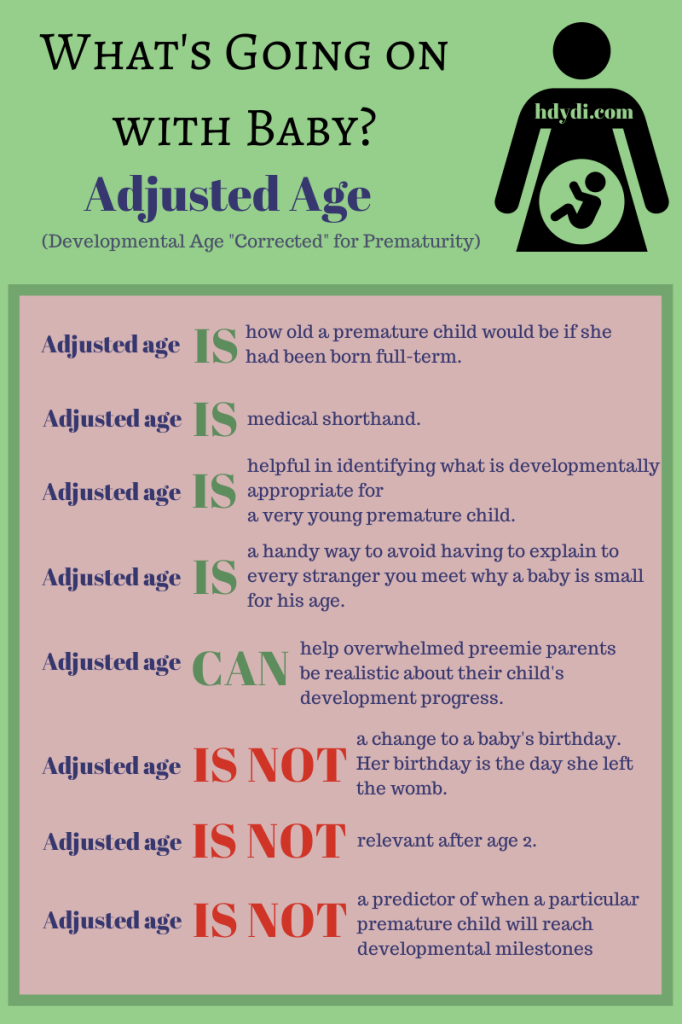 When you watch him carefully, you will see ways he is growing well. You will also know whether he needs more help.
When you watch him carefully, you will see ways he is growing well. You will also know whether he needs more help.
Remember to take your child to his recommended well-child (health supervision) visits. At each visit, your child's doctor will check his progress and ask you about the ways you see your child growing. See the next section, Developmental Milestones.
Developmental Milestones
Here is information about how babies and young children typically develop. Examples of developmental milestones for ages 1 month to 6 years are listed. The developmental milestones are listed by month or year first because well-child visits are organized this way.
For a preterm baby, it is important to use the baby's adjusted age when tracking development until 2 years of age so that his growth and progress take into account that he was born early.
What is your child's adjusted age?______________________. See milestone for the adjusted age in the next section.
NOTE: Ask your baby's doctor about Early Intervention (EI)—extra care some babies and children receive to help them develop.
At 1 Month (4 Weeks)
Social
Looks at parent; follows parent with eyes
Has self-comforting behaviors, such as bringing hands to mouth
Starts to become fussy when bored; calms when picked up or spoken to
Looks briefly at objects
Language
Makes brief, short vowel sounds
Alerts to unexpected sound; quiets or turns to parent's voice
Shows signs of sensitivity to environment (such as excessive crying, tremors, or excessive startles) or need for extra support to handle activities of daily living
Has different types of cries for hunger and tiredness
Motor
Moves both arms and both legs together
Holds chin up when on tummy
Opens fingers slightly when at rest
At 2 Months (8 Weeks)
Social
Language
- Makes short cooing sounds
Motor
Opens and shuts hands
Briefly brings hands together
Lifts head and chest when lying on tummy
Keeps head steady when held in a sitting position
At 4 Months (16 Weeks)
Social
Language
Motor
Supports self on elbows and wrists when on tummy
Rolls over from tummy to back
Keeps hands unfisted
Plays with fingers near middle of body
Grasps objects
At 6 Months (24 Weeks)
Social
Language
- Babbles, making sounds such as “da," “ga," “ba," or “ka"
Motor
Sits briefly without support
Rolls over from back to tummy
Passes a toy from one hand to another
Rakes small objects with 4 fingers to pick them up
Bangs small objects on surface
At 9 Months (36 Weeks)
Social
Uses basic gestures (such as holding out arms to be picked up or waving bye-bye)
Looks for dropped objects
Plays games such as peekaboo and pat-a-cake
Turns consistently when name called
Language
Says “Dada" or “Mama" nonspecifically
Looks around when hearing things such as “Where's your bottle?" or “Where's your blanket?"
Copies sounds that parent or caregiver makes
Motor
Sits well without support
Pulls to stand
Moves easily between sitting and lying
Crawls on hands and knees
Picks up food to eat
Picks up small objects with 3 fingers and thumb
Lets go of objects on purpose
Bangs objects together
At 12 Months (48 Weeks, or 1 Year)
Social
Language
Uses “Dada" or “Mama" specifically
Uses 1 word other than Mama, Dada, or a personal name
Follows directions with gestures, such as motioning and saying, “Give me (object).
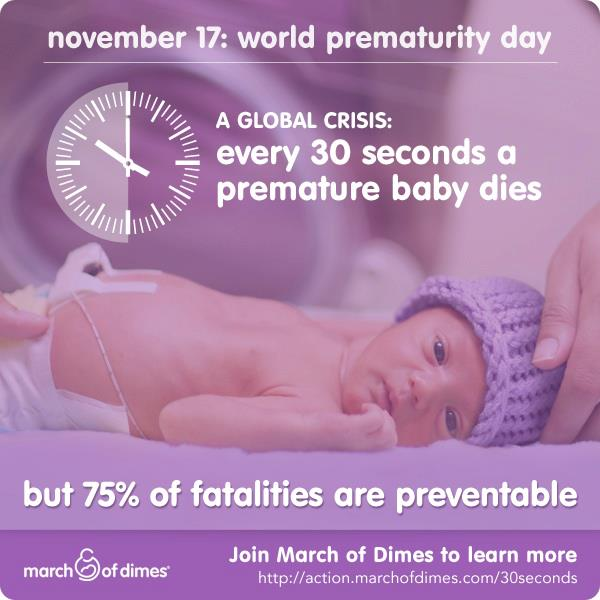 "
"
Motor
Takes first steps
Stands without support
Drops an object into a cup
Picks up small object with 1 finger and thumb
Picks up food to eat
At 15 Months (60 Weeks, or 1 ¼ Years)
Social
Imitates scribbling
Drinks from cup with little spilling
Points to ask something or get help
Looks around after hearing things such as “Where's your ball?" or “Where's your blanket?"
Language
Uses 3 words other than names
Speaks in what sounds like an unknown language
Follows directions that do not include a gesture
Motor
Squats to pick up object
Crawls up a few steps
Runs
Makes marks with crayon
Drops object into and takes it out of a cup
At 18 Months (72 Weeks, or 1½ Years)
Social
Engages with others for play
Helps dress and undress self
Points to pictures in book or to object of interest to draw parent's attention to it
Turns to look at adult if something new happens
Begins to scoop with a spoon
Uses words to ask for help
Language
Motor
Walks up steps with 2 feet per step when hand is held
Sits in a small chair
Carries toy when walking
Scribbles spontaneously
Throws a small ball a few feet while standing
At 24 Months (2 Years)
Social
Plays alongside other children
Takes off some clothing
Scoops well with a spoon
Language
Uses at least 50 words
Combines 2 words into short phrase or sentence
Follows 2-part instructions
Names at least 5 body parts
Speaks in words that are about 50% understandable by strangers
Motor
Kicks a ball
Jumps off the ground with 2 feet
Runs with coordination
Climbs up a ladder at a playground
Stacks objects
Turns book pages
Uses hands to turn objects such as knobs, toys, or lids
Draws lines
At 2½ Years
Social
Urinates in a potty or toilet
Spears food with fork
Washes and dries hands
Increasingly engages in imaginary play
Tries to get parents to watch by saying, “Look at me!"
Language
- Uses pronouns correctly
Motor
Walks up steps, alternating feet
Runs well without falling
Copies a vertical line
Grasps crayon with thumb and fingers instead of fist
Catches large balls
At 3 Years
Social
Enters bathroom and urinates by herself
Puts on coat, jacket, or shirt without help
Eats without help
Engages in imaginative play
Plays well with others and shares
Language
Uses 3-word sentences
Speaks in words that are understandable to strangers 75% of the time
Tells you a story from a book or TV
Compares things using words such as bigger or shorter
Understands prepositions such as on or under
Motor
Pedals a tricycle
Climbs on and off couch or chair
Jumps forward
Draws a single circle
Draws a person with head and 1 other body part
Cuts with child scissors
At 4 Years
Social
Enters bathroom and has bowel movement by himself
Brushes teeth
Dresses and undresses without much help
Engages in well-developed imaginative play
Language
Answers questions such as “What do you do when you are cold?" or “What do you do when you are you sleepy?"
Uses 4-word sentences
Speaks in words that are 100% understandable to strangers
Draws recognizable pictures
Follows simple rules when playing a board or card game
Tells parent a story from a book
Motor
Hops on one foot
Climbs stairs while alternating feet without help
Draws a person with at least 3 body parts
Draws a simple cross
Unbuttons and buttons medium-sized buttons
Grasps pencil with thumb and fingers instead of fist
At 5 and 6 Years
Social
Language
Motor
Balances on one foot
Hops and skips
Is able to tie a knot
Draws a person with at least 6 body parts
Prints some letters and numbers
Can copy a square and a triangle
At School Age
Ongoing Issues Your Child May Face
As preterm babies get older, some of them may face ongoing physical problems (such as asthma or cerebral palsy).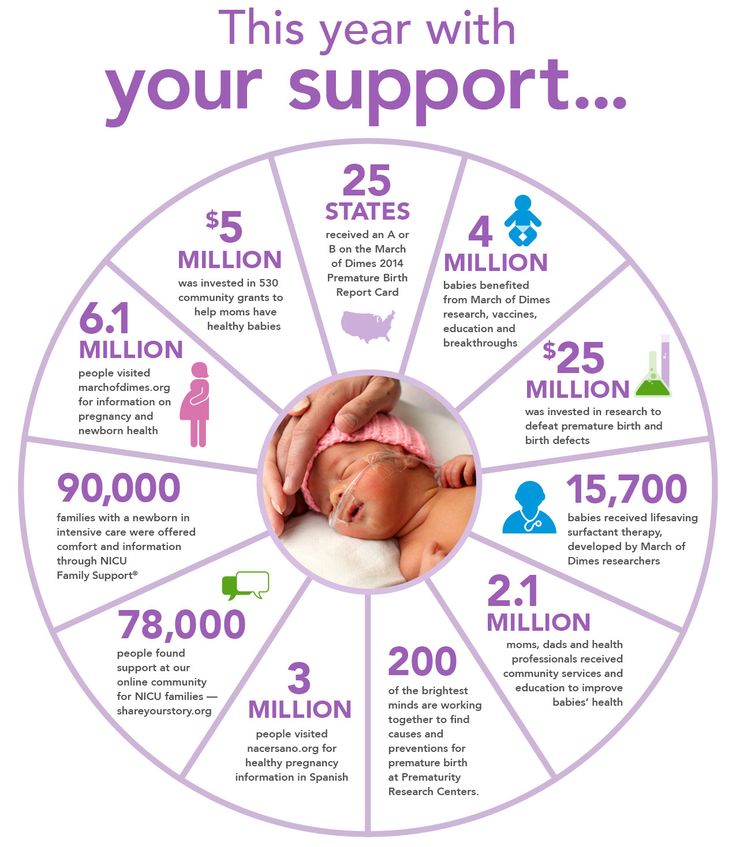 They may also face developmental challenges (such as difficulties paying attention or lack of motor control). This may be especially true for babies who were very small at birth.
They may also face developmental challenges (such as difficulties paying attention or lack of motor control). This may be especially true for babies who were very small at birth.
Once your child reaches school age, it will be important for you to work closely with his teacher and other school staff to identify any areas of concern. They can also help you find the right resources for help. If the school does not have the resources your child needs, his teachers can help you find local groups or programs to help him do well in school. You are not alone! Your child's teachers and health care team are dedicated to helping you meet all his health and educational needs.
All children will babble before they say real words. All children will pull up to a stand before they walk. We are sure that children will develop in these patterns. However, children can reach these stages in different ways and at different times. This is especially true if they were born preterm. Take some time to think about your child's development and answer the following questions. Contact your child's doctor if you have any questions about your child's development.
Contact your child's doctor if you have any questions about your child's development.
Your Child's Development
How does my child like to communicate?
How does he let me know what he is thinking and feeling?
How does my child like to explore how to use his body?
Does he prefer using his fingers and hands (small muscles)?
Does he prefer using his arms and legs (large muscles)?
How does my child respond to new situations?
Does he jump right in?
Does he prefer to hang back and look around before he feels safe?
How does my child like to explore?
What kinds of objects and activities interest him?
What do those interests tell me about him?
What are my child's strengths?
In what ways does my child need more support?
The information contained on this Web site should not be used as a substitute for the medical care and advice of your pediatrician.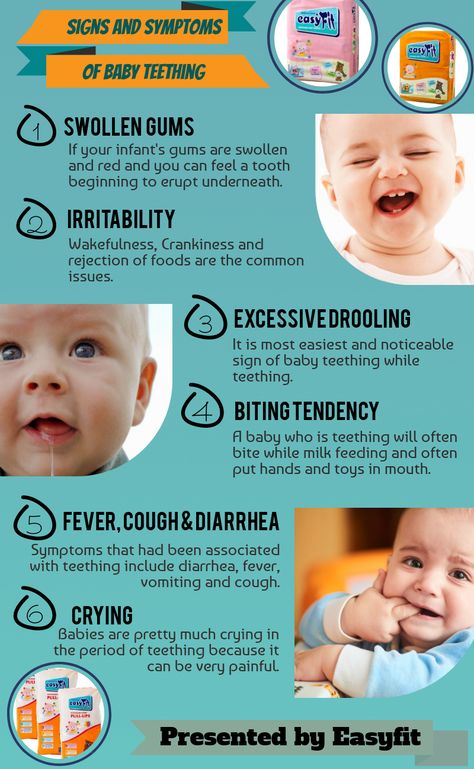 There may be variations in treatment that your pediatrician may recommend based on individual facts and circumstances.
There may be variations in treatment that your pediatrician may recommend based on individual facts and circumstances.
Information for parents of premature babies
Dear parents!
If your baby was born prematurely, from the first minutes of life, he needs the supervision and help of experienced professionals. Our main task is to timely identify and prevent possible complications and diseases arising from the immaturity of the body of a premature baby. One of these problems is the abnormal growth of the retinal vessels of a prematurely born child - retinopathy of prematurity.
According to statistics worldwide, retinopathy of prematurity is one of the main causes of blindness and low vision in young children.
The lower the body weight at birth and the period of gestational (intrauterine) development of the child, the higher the likelihood of developing this formidable disease in him. All premature babies have signs of immaturity of the eyes and the process of retinal formation is incomplete.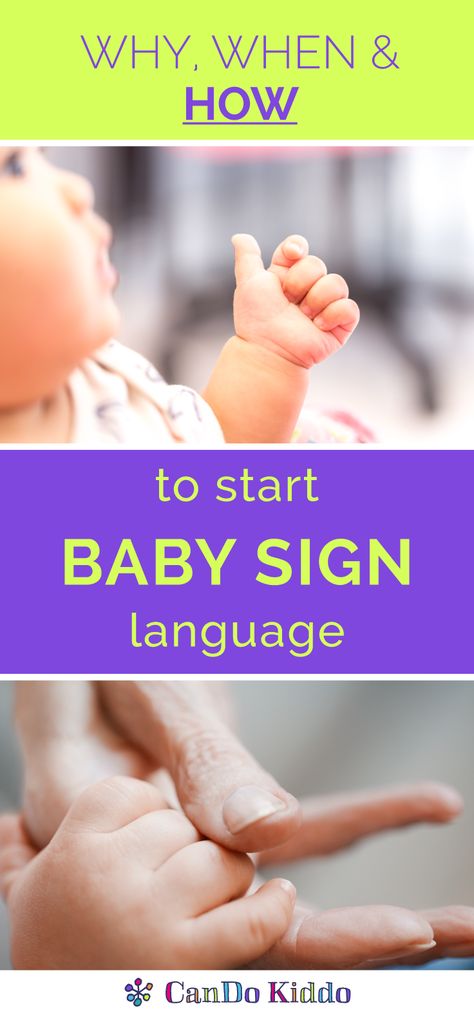 The retina (the nervous tissue of the eye) can develop in two ways: normal growth of retinal vessels or abnormal (pathological) development of retinopathy of prematurity. An ophthalmologist using modern examination methods (digital retinoscopy) reveals all changes in the maturing retina of a premature baby.
The retina (the nervous tissue of the eye) can develop in two ways: normal growth of retinal vessels or abnormal (pathological) development of retinopathy of prematurity. An ophthalmologist using modern examination methods (digital retinoscopy) reveals all changes in the maturing retina of a premature baby.
The first examination must be carried out no later than 4 weeks of the child's life. Usually, signs of the disease are detected no earlier than 34 - 36 weeks of maturity of the child. If precursors or the first symptoms of the disease are detected, the fundus examination in children is carried out using special equipment once a week or every two weeks, depending on the identified stage of retinopathy of prematurity.
The risk group for developing retinopathy of prematurity includes all children born with a gestational age of up to 35 weeks , with birth weight up to 2000 g , who underwent critical conditions during the neonatal period, received resuscitation care (ALV) after childbirth (Order of the Ministry of Health of the Russian Federation No. 442n of September 25, 2012).
442n of September 25, 2012).
Typically, the retina of a premature baby is formed by 40-42 weeks of full maturity. If your child is discharged from the hospital earlier than this period and he did not have signs of retinopathy of prematurity, he needs to continue monitoring with specialists until the retina is fully mature.
Retinopathy of prematurity in the active period has 5 stages. At the 1st and 2nd stages, the process is often reversible, and the retina is formed correctly. The most severe, leading to disability of the child in terms of vision, are the 4th and 5th stages, when detachment of the unformed retina occurs.
If the disease reaches the “threshold” stage (stage 3, the presence of “plus-disease”, atypical localization of the process), or a special severe form of the course of the disease is detected (aggressive posterior retinopathy of prematurity), urgent laser-surgical treatment (laser coagulation of the retina) is necessary.
Aggressive posterior retinopathy develops earlier and has a lightning-fast course.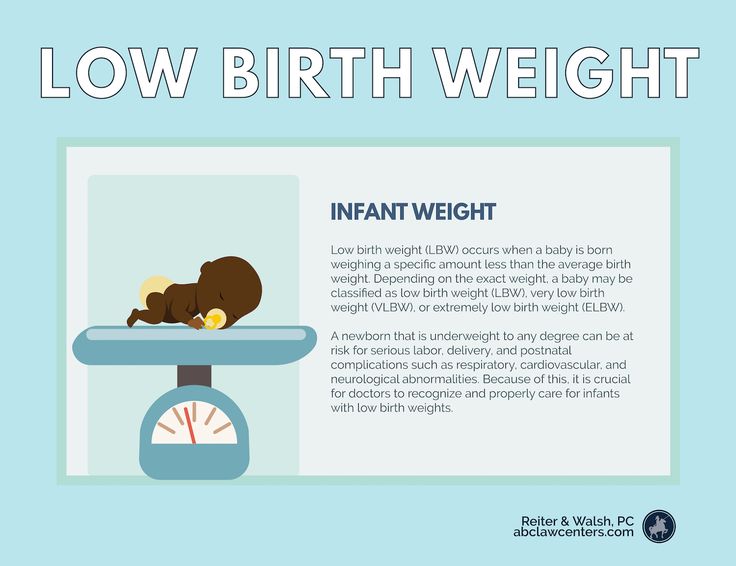 If this form is detected, it is necessary to carry out laser coagulation of the retina within 72 hours from the moment of detection.
If this form is detected, it is necessary to carry out laser coagulation of the retina within 72 hours from the moment of detection.
In the department of eye microsurgery for children, IRTC "Eye Microsurgery" named after acad. S.N. Fedorov provides a full range of care for children with retinopathy of prematurity: comprehensive diagnostics, all types of laser and surgical treatment, dynamic monitoring and rehabilitation. In case of need for laser or surgical treatment, assistance is provided FREE High Tech Medical Care (HTMC).
Premature baby: development by month
Nursing methods for premature newborns are developing rapidly these days. It happens that babies are born with a weight of 500 grams. How do doctors assess their condition? What indicators of development should be guided by in order to understand whether everything is normal for the baby?
In the official language
Russia switched to the medical birth criteria approved by the World Health Organization in 2012.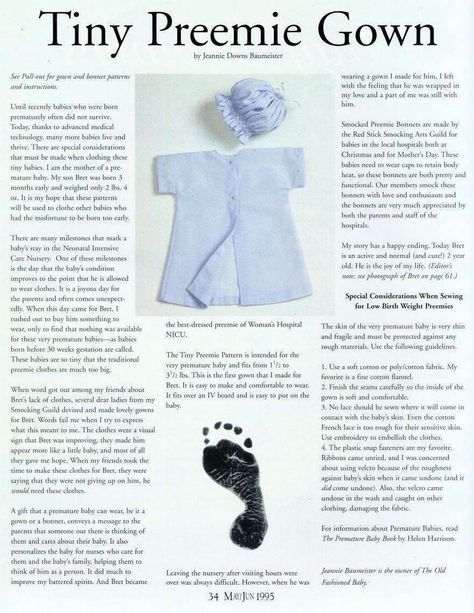 They are determined by the presence of the following signs in a newborn: breathing, heartbeat, pulsation of the umbilical cord, or voluntary muscle movements.
They are determined by the presence of the following signs in a newborn: breathing, heartbeat, pulsation of the umbilical cord, or voluntary muscle movements.
According to these parameters, a premature newborn is an infant weighing over 500 grams, over 25 centimeters tall, born from the 22nd week of pregnancy. Every year, 5-10% of such children are born from the total number of newborns around the world.
Today there are all conditions for nursing "early" children.
Early help
A 500g baby is not just very small. In such babies, the organs and systems are immature, the immune system does not work at full strength, so the body of prematurely born children is very vulnerable and susceptible to the effects of various adverse factors. What does not harm the health of full-term babies may affect a child with extremely low body weight.
Children weighing 1000-1499 g and less than 1000 g are most at risk of developing various diseases. Moreover, the shorter the gestation period, the higher the risk that the baby may have several problems at once.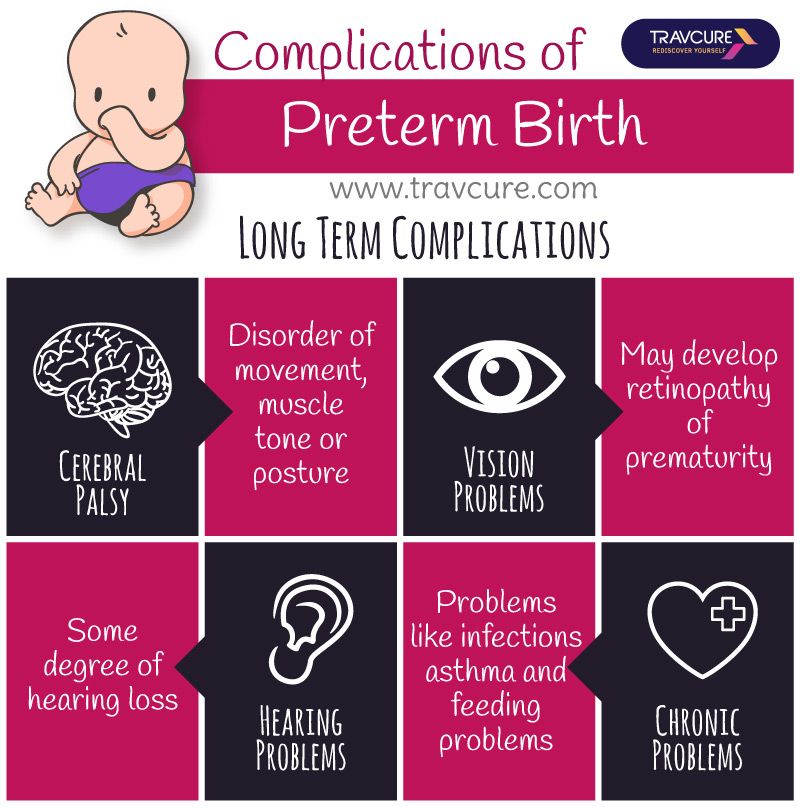
The sooner doctors can identify possible pathologies and disorders, the sooner it will be possible to start adequate treatment, facilitate the adaptation of the baby to the air environment and provide him with the most favorable opportunities for development.
Three ages of premature baby
Usually a person's age is calculated from the moment of his birth. But for each premature baby, doctors determine three ages at once.
Chronological
This is a familiar indicator for everyone. It is counted from the moment the child is born. If the baby was born on December 1, then on January 1 he will be 1 month old.
Gestational
This is the age that is equal to the number of completed weeks of pregnancy at the time of delivery. It is counted in weeks and days. For example, a child was born on January 1 at 25 weeks and 5 days. In this case, his age is 25 weeks, rounding up does not occur.
Corrected
This is the child's age minus the "missing" weeks.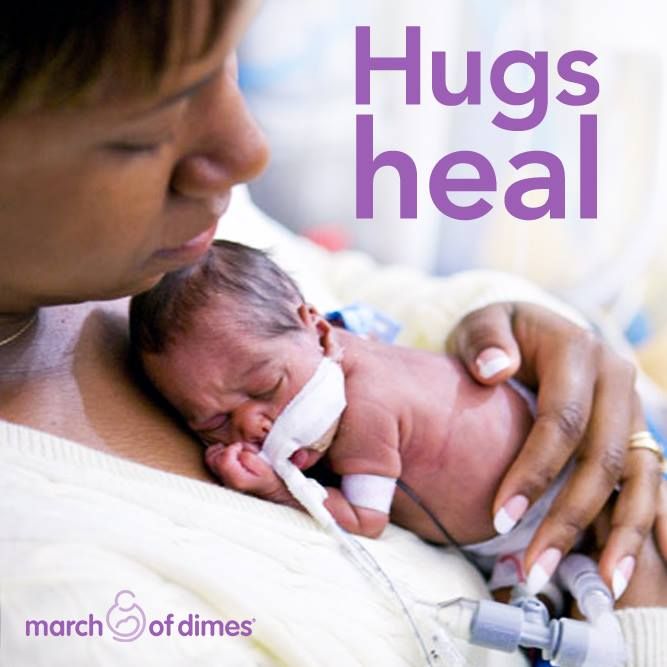 It is considered relative to 40 weeks.
It is considered relative to 40 weeks.
Corrected age = chronological age - (40 weeks - gestational age)
For example, the child's chronological age is 4 months (i.e. 16 weeks). The baby was born at the 28th week of gestation, that is, 12 weeks earlier (term delivery = 40 weeks). Corrected age of the child: 16-12 = 4 weeks (or 1 month).
This means that if a full-term baby usually starts crawling around the age of 9months, then for a child born 3 months premature, it is permissible to start crawling at the age of up to 12 months. This is by no means considered a pathology. In addition, if a premature baby was sick after birth and, for example, was connected to a ventilator, this period will affect its development. In this case, such a baby will learn everything a little later.
The most commonly used skill scale for preterm infants, adjusted for age.
Peculiarities of psychomotor development
Each child is individual, and one should not compare different children with each other.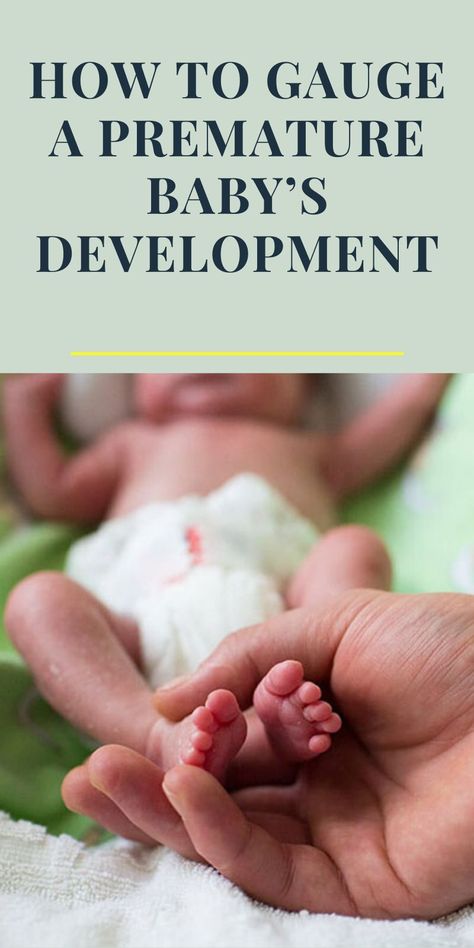 It is quite natural that a baby born at 34 weeks is more likely to catch up with his full-term peers than a baby born at 27 weeks. What indicators do doctors focus on? What should parents pay attention to?
It is quite natural that a baby born at 34 weeks is more likely to catch up with his full-term peers than a baby born at 27 weeks. What indicators do doctors focus on? What should parents pay attention to?
Pediatrician Natalia Maykova tells about what scientists know today.
- The child develops gradually and progressively.
- In premature babies, skills are formed in approximately the same sequence as in full-term babies, but adjusted for corrected age.
- Individual features of a child's development are related to his gestational age (gestational age at which he was born) and his condition at the time of birth. That is, the more problems the baby experienced in the first months of his life, the longer it will take him to acquire new skills.
- For an adequate assessment of the pace and level of development of the baby, dynamic monthly monitoring of the child is necessary.
Monthly development
There is a rough list of skills and abilities that can be expected from a premature baby in the first 18 months of his life.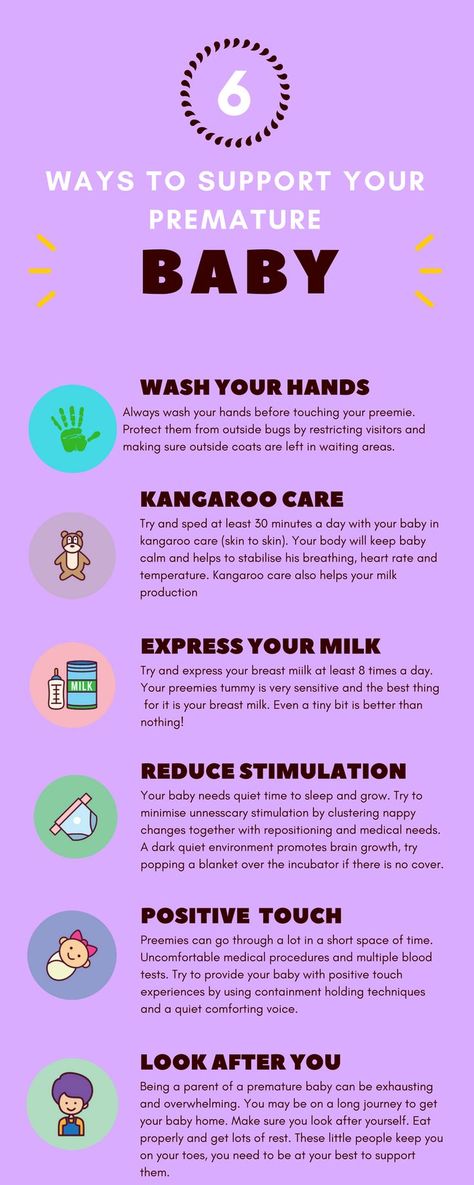 However, it is worth remembering that one should focus not on the chronological age, but on the corrected one.
However, it is worth remembering that one should focus not on the chronological age, but on the corrected one.
Of course, conditional standards cannot be applied to absolutely all premature babies, but they can serve as a guideline for both doctors and parents.
Only prematurely born children, as a rule, need special conditions and constant medical supervision. Often these babies are fed through a food tube and supported by their breathing through artificial oxygen supply.
2 months of corrected age
The baby holds his head well, he has the first cooing, smiling. The child begins to listen, recognize native people and rejoice when communicating with them.
4 months
The child lies confidently on his tummy, raises his head, looks around. He watches over objects and people. Some babies are already well rolled over on their stomach and back.
6 months
The child learns several skills at once: he learns to sit down, crawl, stand on all fours.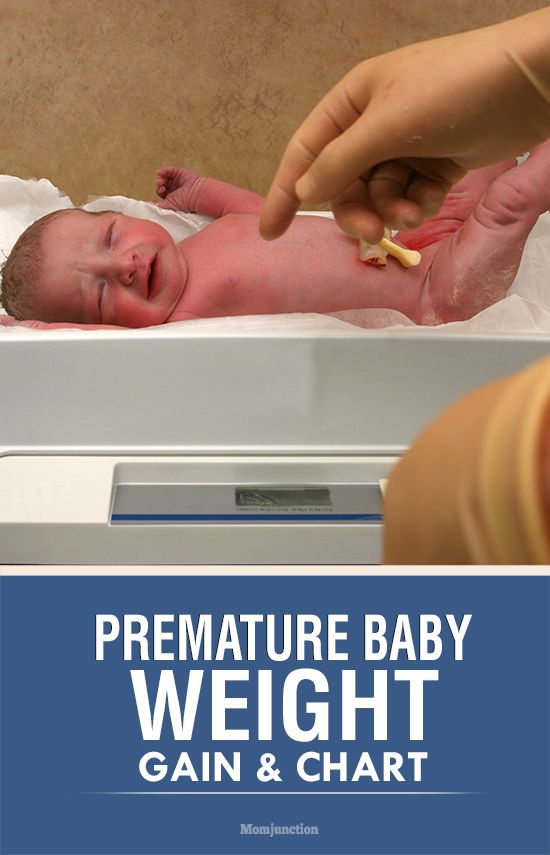 Babble appears in the baby’s speech when he repeats the same simple syllables: “ma-ma-ma”, “yes-yes-yes”, etc. He enthusiastically plays with toys and various objects. He is interested in those that are out of his reach, and tries to crawl up to them or reach out to them.
Babble appears in the baby’s speech when he repeats the same simple syllables: “ma-ma-ma”, “yes-yes-yes”, etc. He enthusiastically plays with toys and various objects. He is interested in those that are out of his reach, and tries to crawl up to them or reach out to them.
9 months
Baby crawls everywhere, gets up, reaches for objects, plays with them. More and more new syllables appear in his "lexicon", he tries to imitate new sounds. At this time, the child begins to understand the word "no" well.
12 months
By the age of one, children, as a rule, are already completely catching up with their peers who were born on time, both physically and psycho-emotionally. They already know a lot: they take their first steps, walk holding on to walls and furniture, bend down and pick up objects from the floor. The speech of a one-year-old child is actively developing: the baby consciously pronounces new words, enters into communication, answering the questions posed. He likes to communicate with the help of gestures: he waves his hand, shakes his head, nods. During this period, the child begins to get upset at the moments of the absence of a close adult nearby.
15 months
The child's vocabulary grows quickly. He can, upon request, point his finger at objects, animals, body parts. The coordination of movements improves, the gait becomes confident, the child knows how to squat. The kid's games with simple educational toys (cubes, pyramid) become conscious. He learns to sort objects, to solve simple puzzles.
18 months
At this age, the child can confidently use a spoon and drink from a cup. He knows how to go up and down the stairs, tries to dress and undress on his own. The child communicates emotionally, uses more and more words in speech.
Specialists: a pediatrician and a neurologist can help parents assess the harmonious development of their baby. Doctors will notice “weak points” in the development of the child in time and help develop a plan for his further observation and, if necessary, treatment, which includes not only drugs, but also massage, physiotherapy exercises, kinesitherapy and other modern methods.
